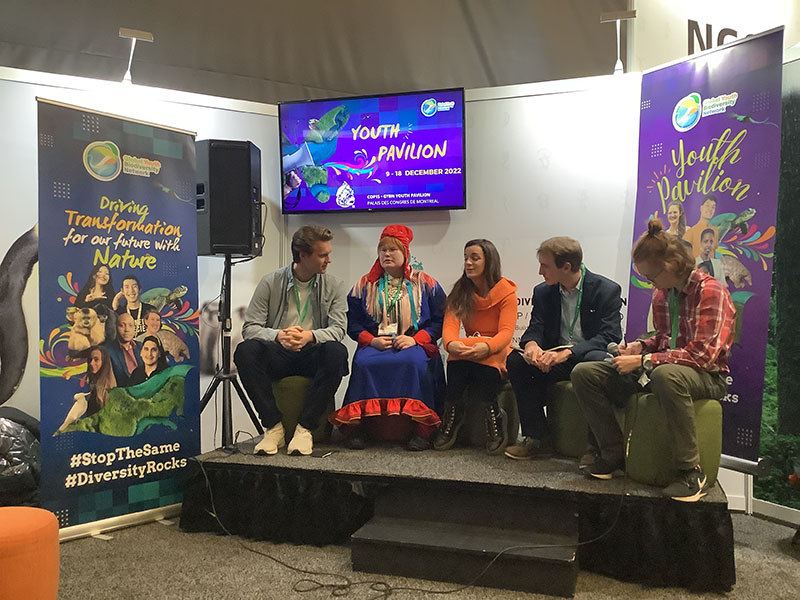
The Montreal biodiversity agreement offers us a better chance for survival.
“Nature is our ship. We must ensure it stays afloat” Virginijus Sinkevičius, EU Commissioner for the Environment, Oceans and Fisheries “Forget the dreams of some billionaires. There is no planet B.” António Guterres “This global agreement is a win for people and the planet. We are pleased that it recognizes the need to protect much more land and ocean, and equally that Indigenous leadership and quality of protection is key to success.” Sandra Schwartz, National Executive Director, Canadian Parks and Wilderness Society The UN biodiversity summit in Montreal (COP15) has now come to a close. Governments, corporations and individuals must see the resulting Kunming-Montreal Global Biodiversity Framework (GBF) for 2030 as a floor and not a ceiling for humanity’s resolve to stop biodiversity loss and then accelerate immediately the commitments to include strong levels of implementation. So, for example, Target 3 of the GBF requires that 30% of both land and oceans be protected by 2030, but as the great biologist E.O. Wilson pointed out, the planet can only truly rebound and be a safe haven for Nature if we vigorously protect 50% of Earth, while emphasizing that Indigenous knowledge and inclusion in biodiversity agreements be sacrosanct. Because of the very real possibility that the entire biodiversity framework would have failed without it, I thought it vital to include the full text of Target 3 here: “Ensure and enable that by 2030 at least 30 per cent of terrestrial, inland water, and coastal and marine areas, especially areas of particular importance for biodiversity and ecosystem functions and services, are effectively conserved and managed through ecologically representative, well-connected and equitably governed systems of protected areas and other effective area-based conservation measures, recognizing Indigenous and traditional territories, where applicable, and integrated into wider landscapes, seascapes and the ocean, while ensuring that any sustainable use, where appropriate in such areas, is fully consistent with conservation outcomes, recognizing and respecting the rights of Indigenous peoples and local communities including over their traditional territories.” Equally important is Target 22: “Ensure the full, equitable, inclusive, effective and gender-responsive representation and participation in decision-making, and access to justice and information related to biodiversity by Indigenous peoples and local communities, respecting their cultures and their rights over lands, territories, resources, and traditional knowledge, as well as by women and girls, children and youth, and persons with disabilities, and ensure the full protection of environmental human defenders.” After the murder of thousands of Nature defenders the inclusion in this target has great significance. Many of the targets are cause for celebration. Please take the time to read the document linked at the end of this article, as only an informed society can move us to an ecologically based civilization. Although the Montreal–Kunming agreement is not legally binding, governments will be tasked with showing their progress towards meeting the targets through national biodiversity plans, akin to the nationally determined contributions countries use to show progress on meeting the goals of the Paris climate agreement. You may be entirely justified in